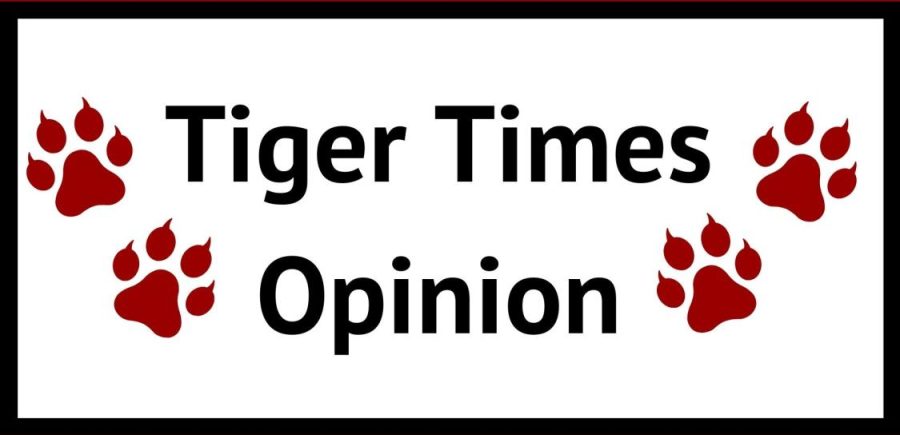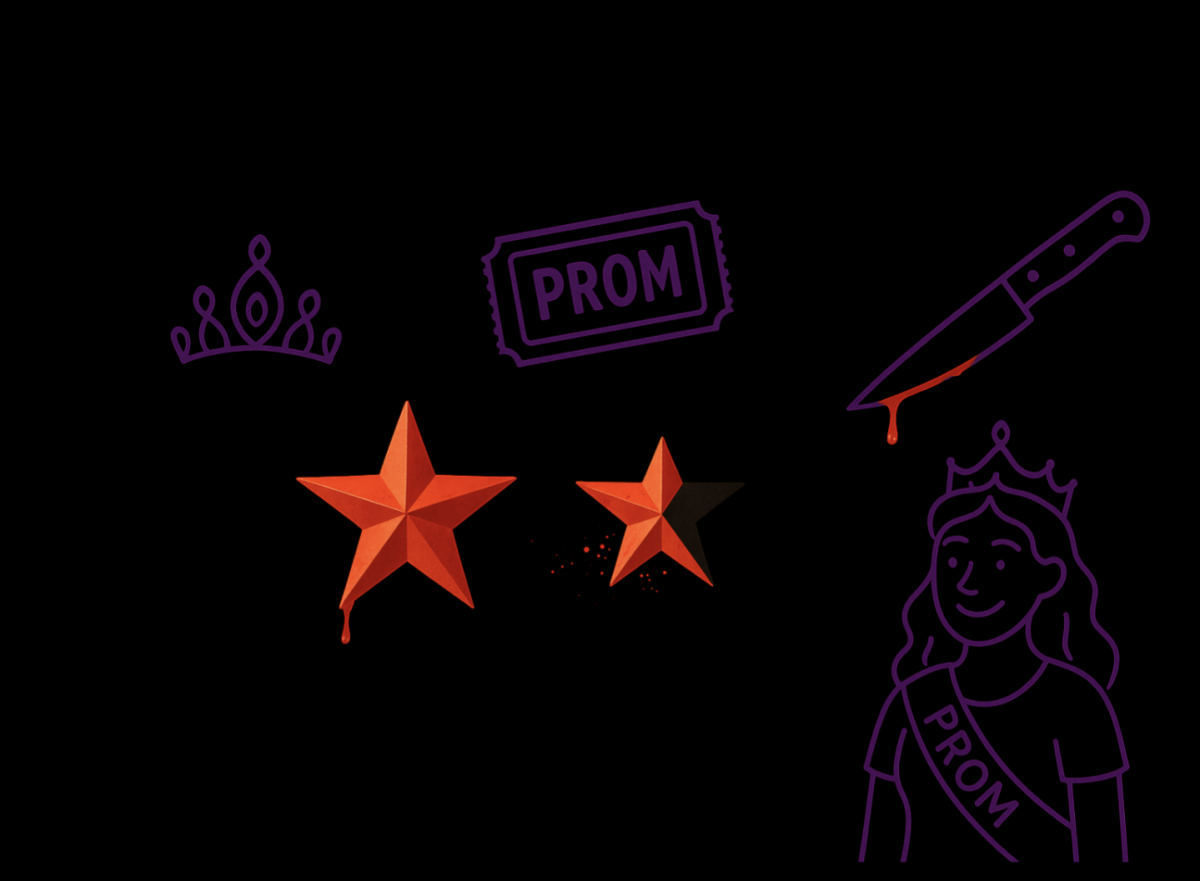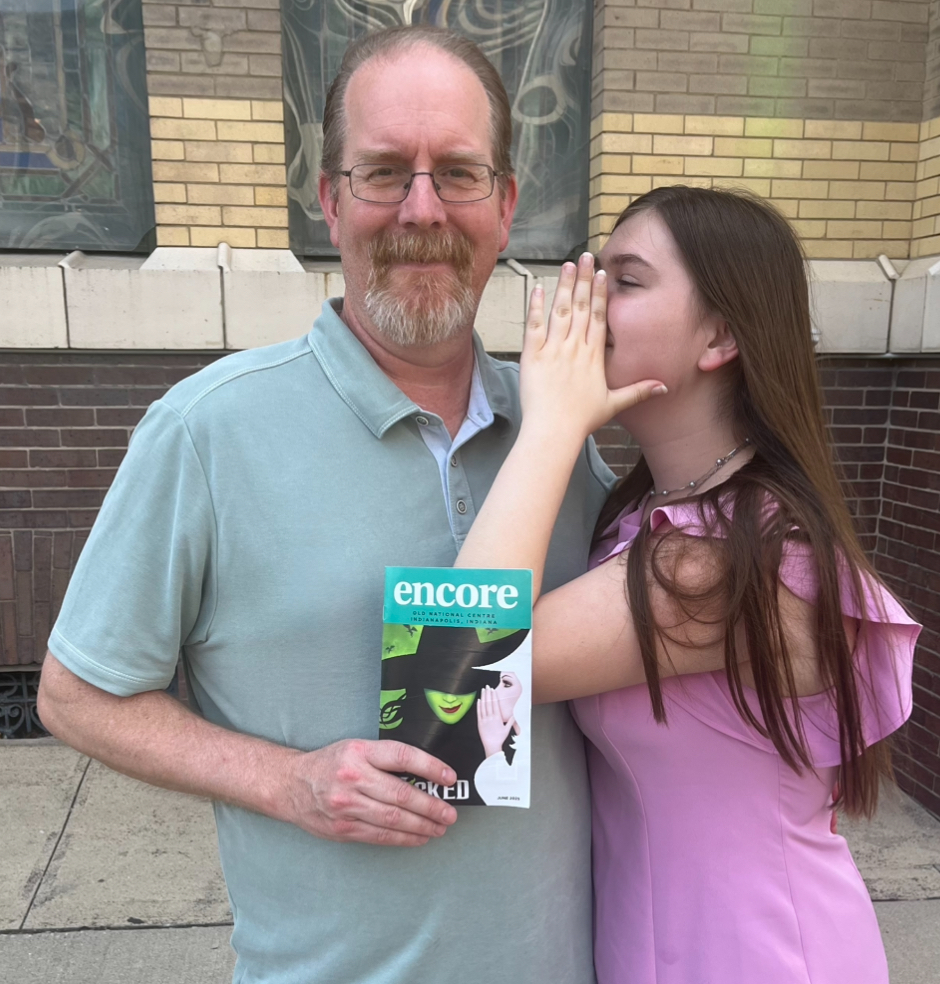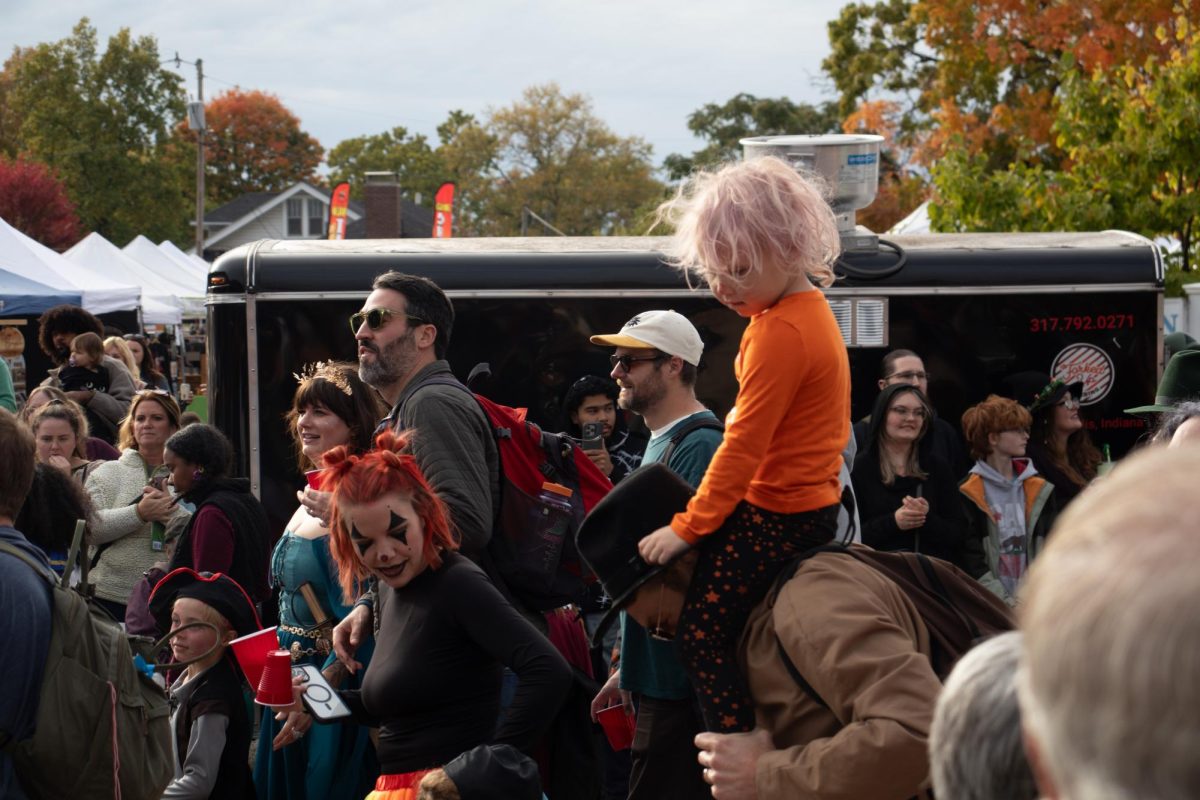With Black History Month in full swing, controversy around Beyoncé’s new country songs and my long-standing love for a good pair of cowboy boots, I have found myself inclined to recall just how much country music is intertwined with Black culture.
Black musicians and Black culture can be attributed to a lot of musical development within America, as musicality was one of the things that failed to be forcibly discarded during the violent voyage to enslavement, and country music is no exception. Nor is it without its hold on us here in Indiana, regardless of our distance from the South. Within American music’s vast landscape, country music is a testament to the nation’s cultural mosaic. It pieces together stories of heartache, resilience, and everyday life and often comes with a particular dramatic twang that despite our best efforts is undeniably catchy. Yet, for far too long, the narrative of country music has been overshadowed by the omission of a crucial chapter: the contributions of Black artists. Despite systemic barriers and erasure, Black musicians have left an indelible mark on the genre, as they played a role in shaping its classic sound and soul in a way that is often overlooked or ignored. It is time to uncover this hidden history and celebrate the rich tapestry of Black excellence in country music!
Country music’s roots run deep in the soil of African American heritage. Such roots are entangled with pre and post-bondage history. For instance, the banjo was originally an African instrument, and the blues-infused melodies of early country songs mimicked the original bluegrass sounds of the oppressed, economically disadvantaged southern, African-American communities in the years following the Civil War. Since the point of initial influences, the categorization of music by radio and record companies in the 1920s fostered a division between Black folk/country music and white folk/country music. As explained by University of California professor William Roy in his paper by the name of “Race Records” and “hillbilly music”: institutional origins of racial categories in the American commercial recording industry.
During this time, the songs performed by Black artists were dawned under the label of ‘Race Records’ while music by white artists was labeled ‘hillbilly music”. In the 1940s, the titles of these genres lent themselves to the more recognizable rhyme and blues (R&B) and country western, two genres that are still pretty well connotationally racially divided. This division as well as other social and cultural ones is what makes the disregarding of influence so easy, as the segregated world did not allow for any real recognition or realization of interconnectedness, or crossover.
In line with this divisive history, some country music fans are finding themselves quite possessive of the genre and its recent addition, including 63-year-old Dukes of Hazzard star and country singer John Schneider. Schneider spoke with One American News as part of a longer segment about Beyoncé’s Feb. 11 release of two country signles making an analogy that left some BeyHive members (Beyoncé fans) feeling the sting.
“They’ve got to make their mark, just like a dog in a dog walk park,” Schneider said. “You know, every dog has to mark every tree, right? So that’s what’s going on here.”
The question prompting Schneider’s response was one explicitly laced with political leaning, as the question pertained to how “lefties” had infiltrated the area of entertainment. Disregarding the disrespect oozing out of a few of the more temperamental country listeners, the songs have become popular on Tiktok and have inspired a trend in which new and old country fans are encouraged to choreograph their own line dance to one of the two singles entitled “Texas Hold ‘Em”, meaning that the song has achieved the most important benchmark of music, it has brought people, to sing, dance and have a good time.















